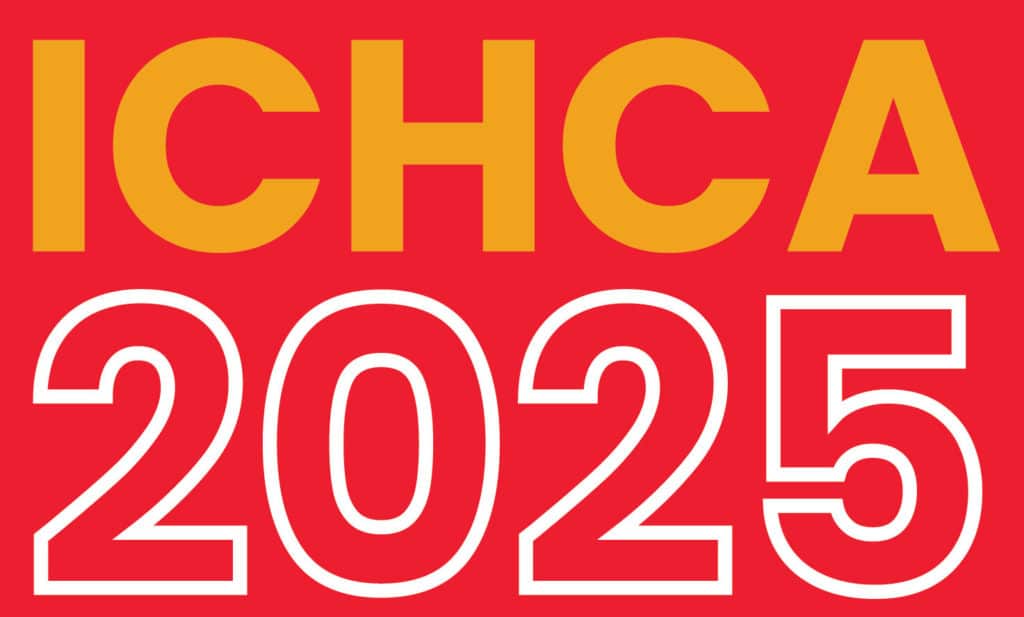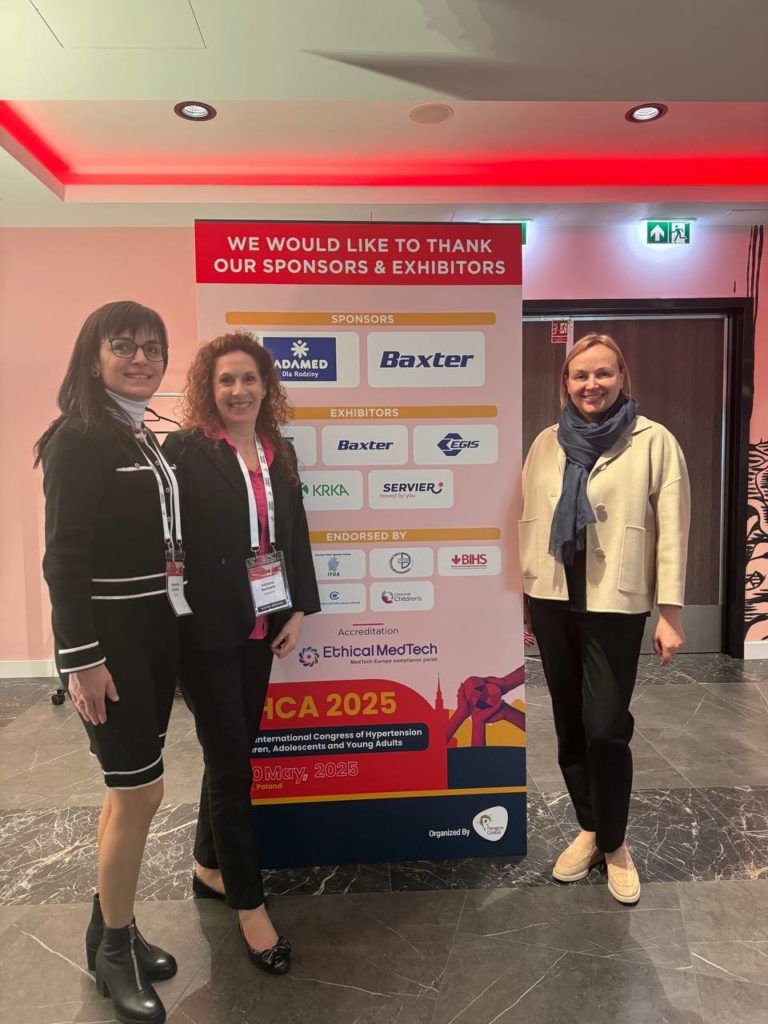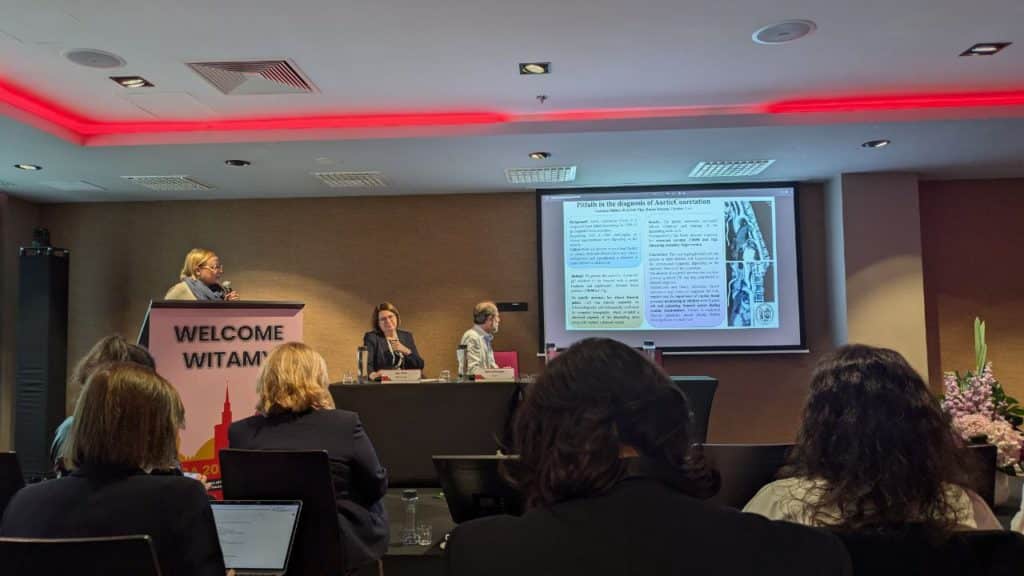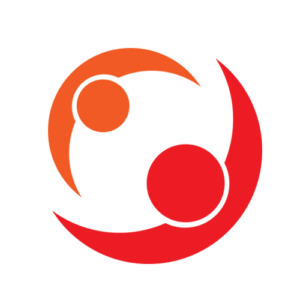Arterial Hypertension in Children: What We Learned at ICHCA 2025
The 3rd International Congress on Arterial Hypertension in Children, Adolescents, and Young Adults was held on May 8–10 in Warsaw. The congress brought together participants from over 18 countries, including top pediatric cardiologists and nephrologists working on childhood hypertension and contributing to international clinical guidelines.

This year, Ukraine was represented by pediatric cardiologists, associate professors of Danylo Halytsky Lviv National Medical University: Khrystyna Slivinska-Kurchak (oral presentation titled “Arterial Hypertension in Children with End-Stage Chronic Kidney Disease Before and After Transplantation”) and
Andriana Malska (poster “Pitfalls in the Diagnosis of Aortic Coarctation.”)
Globally, approximately 4% of children have arterial hypertension (AH), with prevalence rising to 5–7% in the 13–17 age group. Over the past 20 years, childhood hypertension has increased by ~50–75% worldwide, largely due to the obesity epidemic and sedentary lifestyle.
When and How Should BP Be Measured?
BP measurement is recommended from age 3 in children without risk factors or conditions associated with elevated BP. Reference auscultatory BP cuffs should have an inflatable bladder covering 75–100% of the upper arm circumference.
Both oscillometric and auscultatory methods were discussed. The AAP and ESH agree, that hypertension detected via oscillometric method must be confirmed by auscultation.

What is the definition of Hypertension in children?
- AAP, ESH, and Canadian guidelines define hypertension as repeated BP readings ≥ the 95th percentile.
- Key differences lie in age thresholds for applying fixed cut-off values:
- AAP: ≥130/80 mmHg from age 13
- ESH: ≥140/90 mmHg from age 16
- Canada: ≥120/80 mmHg (6–11 years), ≥130/85 mmHg (12–17 years)
The HyperChildNET online calculator is useful for quick BP assessment. Elke Wühl presented achievements of this initiative, which includes over 25 European countries and the largest pediatric BP database in Europe (39,000 participants from 8 countries).
Role of ABPM in Diagnosis of Hypertension
ABPM is the “gold standard” for diagnosing hypertension in children and evaluating treatment efficacy. It identifies seven BP phenotypes:
- Normal
- Sustained hypertension
- White coat hypertension
- Masked hypertension
- Nighttime non-dipping (<10% drop)
- Isolated daytime hypertension (IDH)
- Isolated nighttime hypertension (INH)
Mean 24-hour systolic BP is a key predictor of target organ damage. Gilad Hamdani et al. (Hypertension, 2021) showed it strongly correlates with left ventricular hypertrophy (LVH).
Risk factors for Hypertension
- Parental hypertension
- Preeclampsia, obesity, diabetes, maternal smoking
- Assisted reproductive technologies
- Impaired fetoplacental blood flow (↑ systolic BP at age 7)
- Low birth weight and prematurity → fewer nephrons → ↑ CKD and HTN risk
- Hyperuricemia (Daniel Feig)
- Hyperuricemia (Daniel Feig)
- Overweight/obesity (Semaglutide/Ozempic significantly reduces BP)
- Diabetes (SGLT2 inhibitors like Jardiance increase urinary glucose and sodium excretion)
- Physical inactivity
- High sodium and junk food intakeАктивне споживання солі і junk food
Moreover, polycystic ovary syndrome (PCOS) is considered a marker of increased risk for hypertension and cardiovascular complications. Therefore, such patients require regular follow-up.
Routine and additional diagnostics for hypertension
- Routine: ECG, EchoCG, BMI, waist circumference, fasting glucose, HbA1c, OGTT, lipid profile, uric acid, creatinine, eGFR, urinalysis, albumin/creatinine ratio, sodium, potassium, CBC, TSH
- Additional: Doppler US of neck/spinal vessels, calcium score/CT angiography, NT-proBNP, lipoprotein(a), renal artery Doppler, aldosterone/renin ratio (standing), polysomnography, pulse wave velocity, ankle-brachial index, fundoscopy.
Neonatal hypertension
Prof. Joseph Flynn highlighted that birth weight and gestational age are strong predictors of neonatal BP; post-conceptual age dominates later.
Suspect neonatal HTN if BP >95th percentile for age/weight (prevalence ≈0.2–0.5%, mostly in NICUs). Causes include renal thrombosis, coarctation, congenital anomalies, BPD.
Management includes:
- Discontinuing BP-elevating drugs
- Analgesia
- Fluid adjustment
- Beta-blockers, calcium antagonists, diuretics
- Avoid ACE inhibitors before 44 weeks postmenstrual age
Hypertension in children with CKD
More common in glomerular diseases than CAKUT.
Non-dialyzable antihypertensives: fosinopril, ARBs, calcium blockers, carvedilol, labetalol, propranolol.
Prof. Tomáš Seeman (Czech Republic) noted that 51% of post-KTx children have nocturnal HTN, 29% masked HTN.
ABPM should be done 6 months post-medication adjustment and annually.
Higher risk: deceased-donor grafts, pre-existing HTN, dialysis-dependent children.
Hypotensive therapy in children after kidney transplantation:
- Early days: diuretics, calcium channel blockers
- Weeks-months: ACE inhibitors if proteinuria; otherwise, calcium blockers
- >1 year: ACE inhibitors.
Renovascular hypertension
Renovascular hypertension was first described in 1938.
Causes:
- Atherosclerosis
- Fibromuscular dysplasia (multifocal in females, unifocal in males)
- NF1, Williams-Beuren, Alagille, idiopathic mid-aortic syndrome
- Dissection
- Takayasu arteritis (no stenting)
- Grange syndrome
- Thrombosis
- AV malformations
Delayed hypertension after coarctation
- Causes: residual or recurrent coarctation (>20 mmHg gradient), RAA/SNS activation, gothic aortic arch
- BP control annually (ABPM), biannually if >90th percentile
- Treatment: ACE inhibitors, ARBs, beta-blockers
Primary hyperaldosteronism
- Suspect in resistant HTN
- Diagnostic: aldosterone >20 ng/dL, aldosterone/renin ratio >27 ng/dL
- Imaging: CT/MRI of adrenals
- Treatment: spironolactone/eplerenone → amiloride → CCBs
Monogenic hypertension
Prof. Bryan Rayner emphasized that ~30% of pediatric HTN may have single-gene (AD/AR) etiology. Suspect if low renin + resistant HTN (Liddle, Geller, FH type I, CAH, mineralocorticoid excess).

Treatment indications
- Secondary HTN, stage 2 HTN, failed lifestyle changes in stage 1, prehypertension + risk factors
- First-line: ACEi, ARBs, calcium blockers
- Stepped-care: add thiazide if monotherapy fails, then third drug
- Genetic polymorphisms in BP-related enzymes/receptors may influence drug response.
- Oral contraceptives use should be assessed in hypertensive adolescent girls. Prefer non-hormonal or progestin-only options.
Target BP in pediatric HTN
- DM type 1/2: <90th percentile; ≥120/80 mmHg if >16 y.o. (ESH 2023)
- CKD: <75th percentile to reduce LVH
Resistant hypertension management
Renal sympathetic denervation (radiofrequency or ultrasound) – promising in trials (Dagmara Hering)
New agents (Manish Saxena): Zilebesiran (hepatic angiotensinogen synthesis blocker), Lorundostat (aldosterone synthase inhibitor)

Physical activity Guidelines
AHA/ACC (Carissa Baker-Smith): physical activity safe in:
- Elevated BP, stage 1 HTN, stage 2 HTN without LVH
- Avoid high-static sports in stage 2 HTN with LVH or SBP >160 or DBP >100
Adherence and Education
Key strategies to improve teen adherence:
- Family education
- Mobile medication reminders
- Motivational interviewing
- Drug monitoring in CKD to assess compliance
Conclusion
ICHCA 2025 provided a thorough overview of pediatric hypertension. Key priorities include:
- Risk factor awareness
- Early and ABPM-based diagnosis
- Target organ damage assessment
- Secondary/monogenic cause detection
- Aggressive control when needed
- Individualized treatment with emerging therapies
References
- Lurbe et al. (2016) European Society of Hypertension guidelines for the management of high blood pressure in children and adolescents. J Hypertens. 2016 Oct;34(10):1887–920.DOI: 10.1097/HJH.0000000000001039
- Flynn JT et al. (2017) Subcommittee on Screening and Management of High Blood Pressure in Children. Pediatrics. 2017 Sep;140(3): e20171904.DOI: 10.1542/peds.2017-1904
- Starr MC, Flynn JT. Neonatal hypertension: cases, causes, and clinical approach. Pediatr Nephrol. 2019 May;34(5):787-799. doi: 10.1007/s00467-018-3977-4. Epub 2018 May 28. Erratum in: Pediatr Nephrol. 2019 Sep;34(9):1637. doi: 10.1007/s00467-019-04273-z. PMID: 29808264; PMCID: PMC6261698.
- Raina R., Krishnappa V., Das A. et al. Overview of Monogenic or Mendelian Forms of Hypertension. Front. Pediatr. 2019. 1. 7. P. 263. doi: 10.3389/fped.2019.00263.
- Seeman T, Myette RL, Feber J. Hypertension in pediatric kidney transplantation. Pediatr Transplant. 2023 Aug;27(5):e14522. doi: 10.1111/petr.14522. Epub 2023 Apr 28. PMID: 37118862.
- Margarint, I.-M.; Youssef, T.; Rotaru, I.; Popescu, A.; Untaru, O.; Filip, C.; Stiru, O.; Constantin, A.-A.; Iliescu, V.A.; Vladareanu, R. Association of Plasma Renin Activity with Risk of Late Hypertension in Pediatric Patients with Early Aortic Coarctation Repair: A Retrospective




